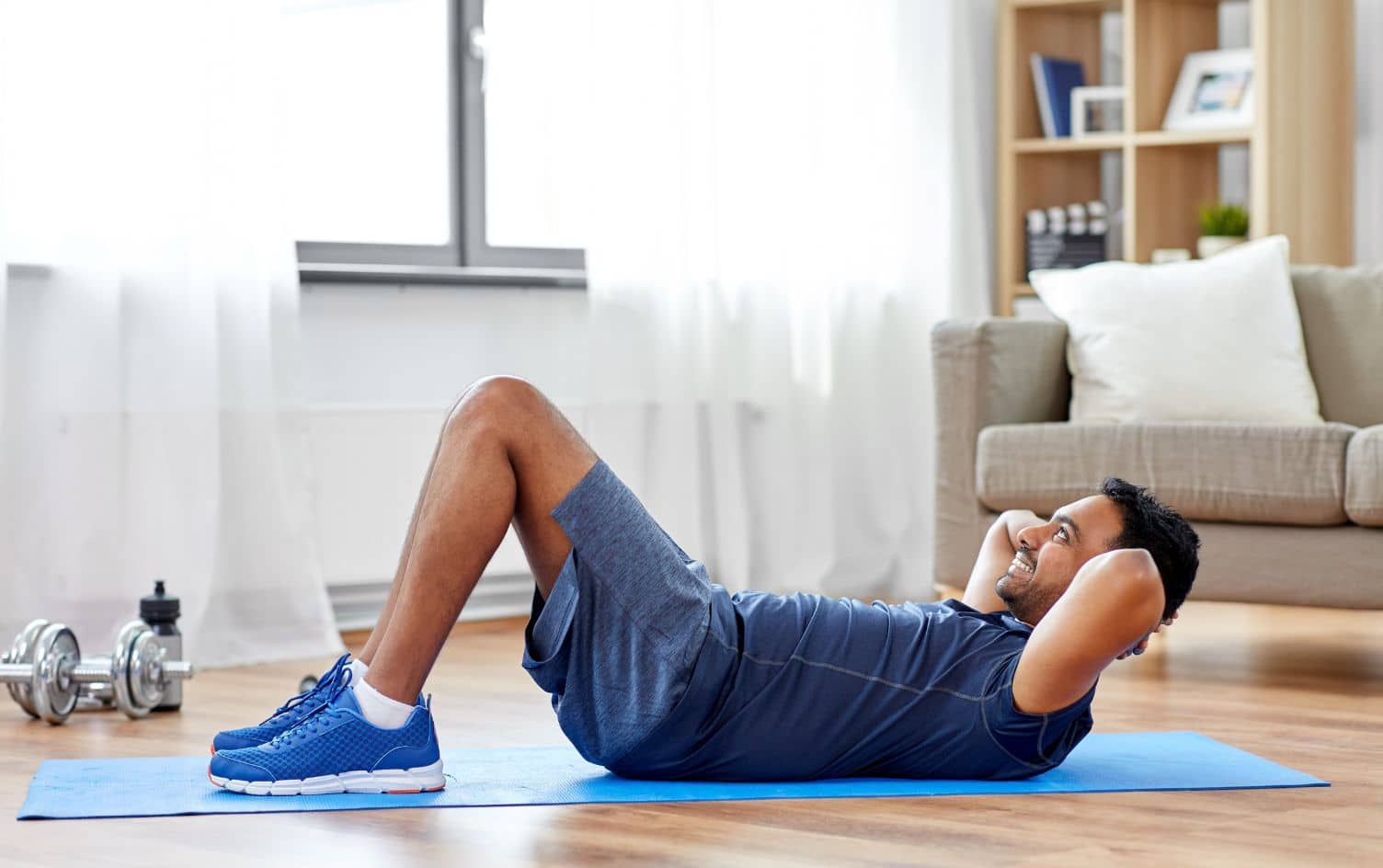Planks are one of the hardest exercises to get right. Yet, most of us incorporate planks into our workouts, whether it’s running, lifting or doing bootcamp. What many of us don’t realize is we’re planking all wrong.
“Planking is the gold standard exercise for core strength and stability,” explains Shana Verstegen, fitness director at Supreme Health and Fitness in Wisconsin. Doing them properly has real benefits. “They will make you a better athlete, help prevent/reduce back pain and allow you to move better in life.”
Here, learn how to maximize the perks of this exercise staple.

Most exercises can benefit from a bit of glute engagement, and planks are no exception. “Squeezing your glutes causes a bit of a stretch in your hip flexors, which transfers more of the workload to the abdominal muscles,” explains Greg Pignataro, certified strength and conditioning coach at Grindset Fitness. And your abdominal muscles are what you’re trying to work, right? “Additionally, contracting the glutes will reduce strain on your lumbar spine by preventing your lower back from sagging,” Pignataro adds.

Seriously. “Dr. Stuart McGill, a professor from the university of Waterloo who has spent 30+ years researching the spine and back pain, touts groundbreaking research about core ‘stiffness,’” Verstegen notes. “Holding planks for 10 seconds at high tension followed by a brief rest period before the next rep creates a much stronger core with fewer injuries.
“Pavel Tsatsouline, most famous for popularizing kettlebell training, agrees. He designed the ‘RKC’ plank around this philosophy of full-body stiffness and also promotes shorter, stronger plank holds.” Try doing a set of 3–10-second holds with maximum contraction for the best core strength gains.

Just as every body is different, every perfect plank setup is different, too. “Due to individual differences in body size and limb length, the ideal position is probably slightly different for every single person,” notes Pignataro. “This is important, because planks should challenge your core musculature, not hurt your elbows or shoulders. Experiment by moving your elbows and feet a few inches inward, outward, backward or forward until you find your sweet spot!”

Some people struggle to feel their abs firing during planks. If that sounds familiar, try this: “Once in plank position, pretend you are looking over a fence by pulling your elbows down so you can get your head and neck to feel taller,” recommends Brian Nguyen, CEO of Elementally Strong. “This will pull your hips and shoulders into alignment and you should feel more where you want it … abs, baby!”

“To make your planks count, every muscle needed to stabilize your spine is firing at a maximal effort,” says Kari Woodall, owner of BLAZE.
Doing so can even even help with your preferred method of exercise. “If I want to crush my deadlifts, I need the requisite core strength to pick up something heavy. If my body doesn’t understand what a maximal contraction feels like, then I am not only limiting how much I can lift, but I’m increasing my risk of injury if I do pick up something heavy,” she explains.
Not feeling the burn? “Squeeze your armpits like you have million-dollar bills tucked underneath each one, and you get to keep the money if no one can rip them away from you,” Woodall adds.




